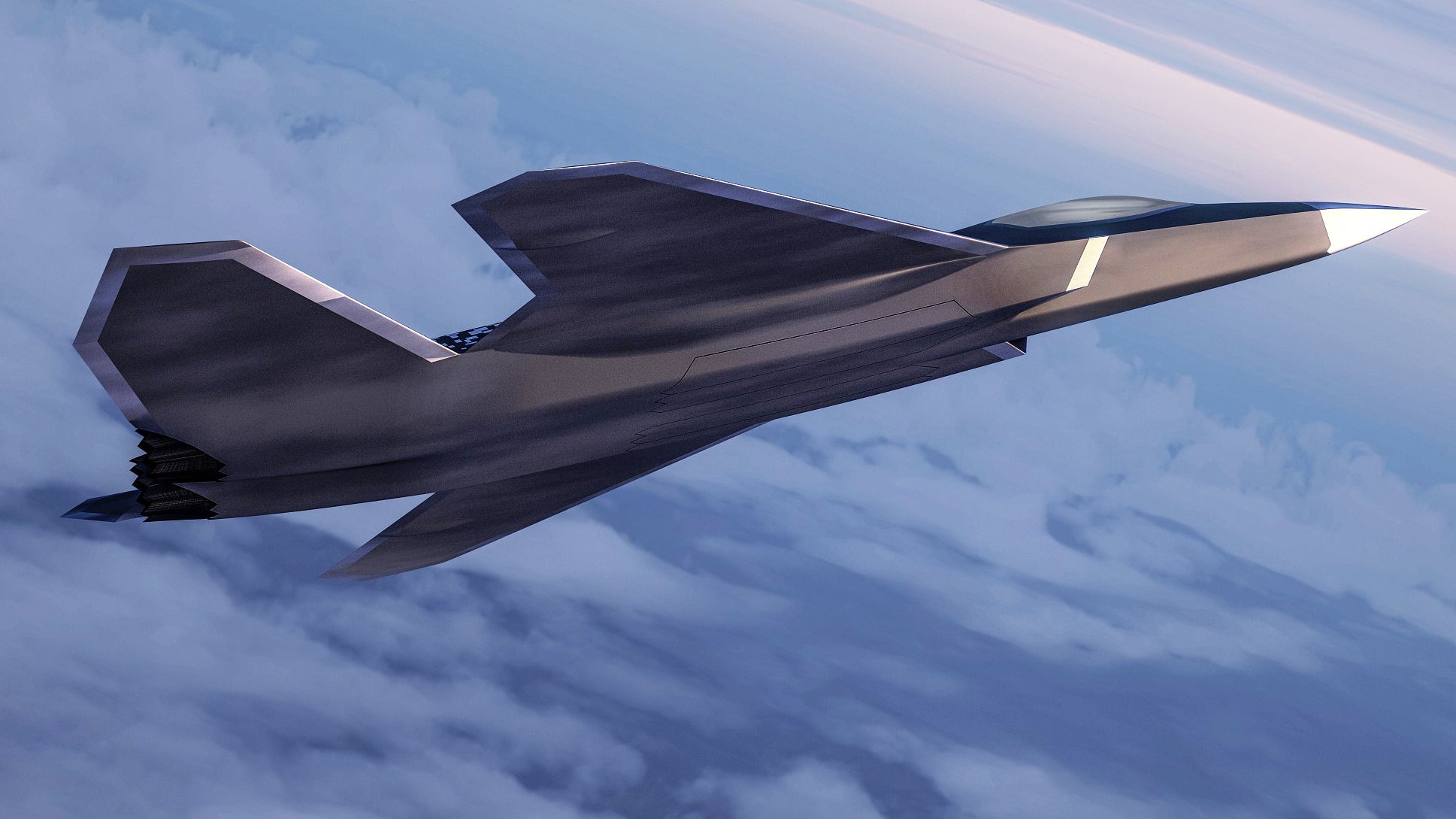The chief of the Italian Air Force has predicted the merger of Western Europe’s two leading next-generation combat aircraft programs since he doesn’t think there are enough resources to sustain them both. The two competing programs are the British-led Tempest, a mock-up of which is seen in the image below, and which involves Italy, and the Future Combat Air System (FCAS) pursued by France, Germany, and Spain.
“It is natural that these two realities will merge into one,” General Luca Goretti, the Chief of Staff of the Italian Air Force, told members of the country’s parliamentary defense committees today, according to a report from Reuters. “Investing huge financial resources in two equivalent programs is unthinkable.” This is by no means the first time that calls have been made to bring the two initiatives together, even just in Italy, reflecting the limited pool of partners available.
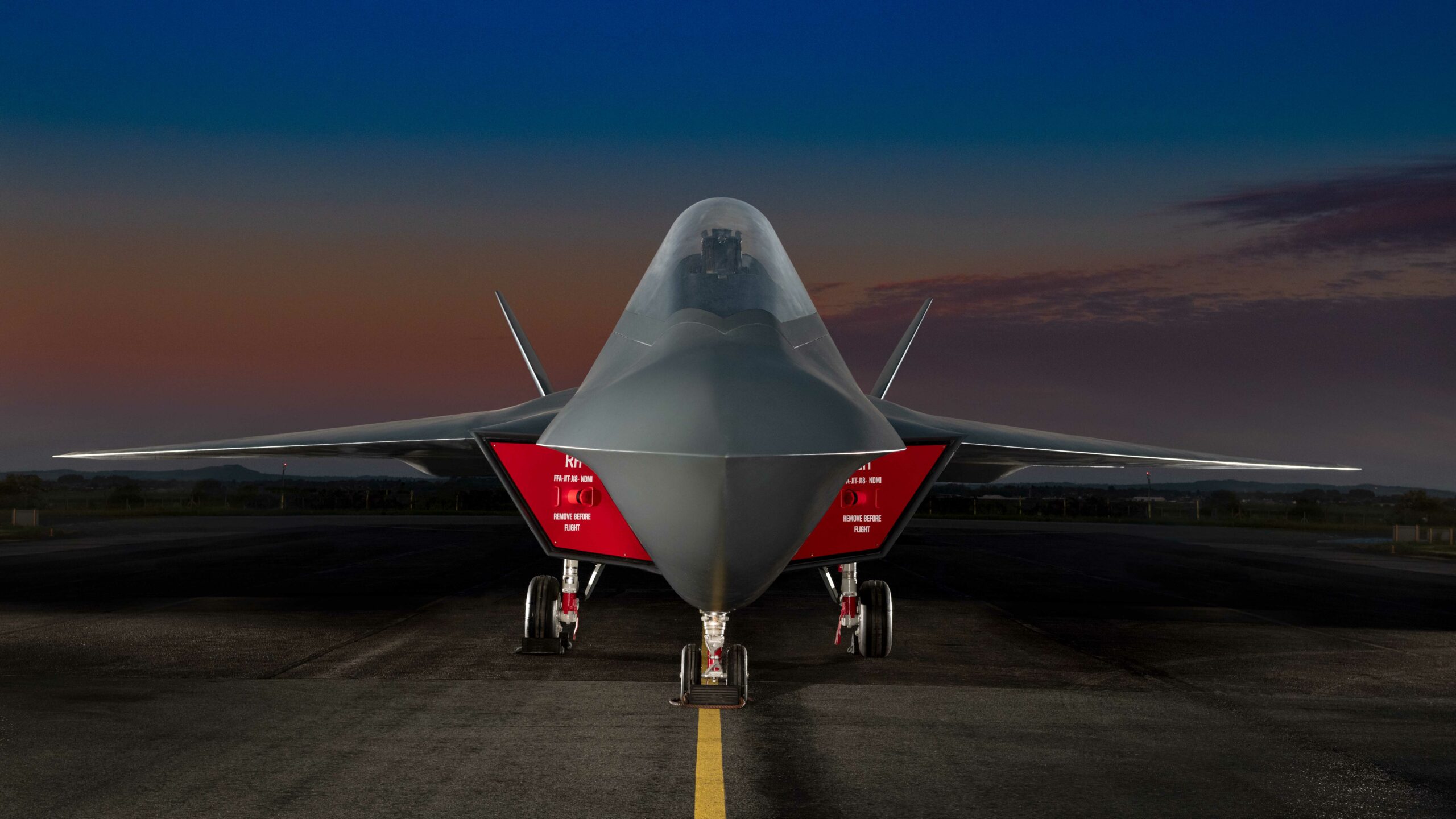
Currently, BAE Systems is heading up the Tempest program, which aims to field a sixth-generation “system of systems” air combat capability, with a new stealthy six-generation fighter as its centerpiece. Team Tempest also includes Italian defense contractor Leonardo, European missile consortium MBDA, British engine manufacturer Rolls-Royce, and the British Royal Air Force (RAF), as well as numerous other high-tech companies. Sweden is also on board as an international partner, with Japan potentially waiting in the wings.
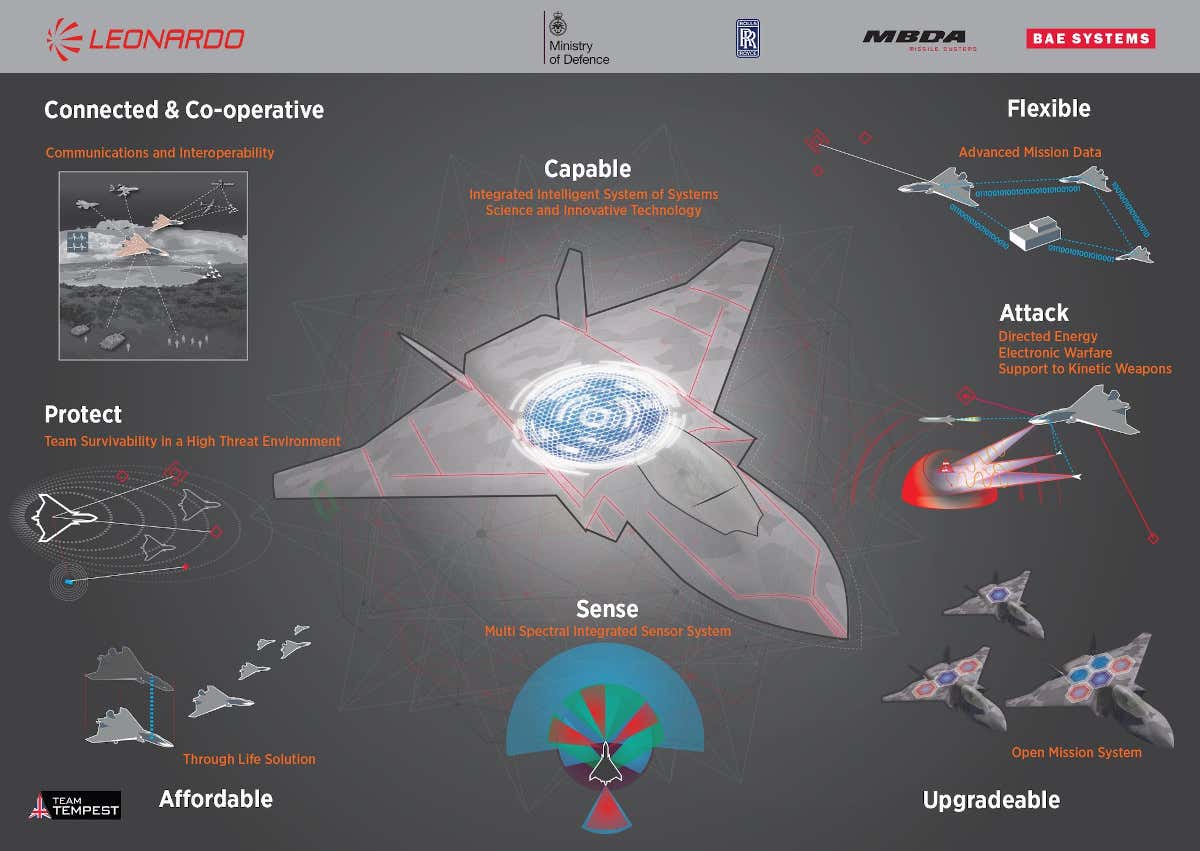
Meanwhile, FCAS is being led by Dassault Aviation of France, with Airbus of Germany in a supporting role. This effort also includes plans for a stealth fighter jet, or Next Generation Fighter (NGF), together with various unmanned systems and air-launched weapons. While the French and Germans are leading the FCAS effort, the Spanish Ministry of Defense has also joined the partnership.
Both programs aim to have the manned fighter component of the planned system of systems in service sometime between 2030 and 2040.
According to the same Reuters
report, Goretti told officials that Italy made the decision to join the Tempest program “because it felt it could play a bigger role [in it] than in the FCAS program.” That could well reflect the perceived dominance of Dassault and Airbus in FCAS, as well as the fact that Leonardo already has strong ties with the United Kingdom on the industrial side, including leading radar development for the Eurofighter Typhoon in its U.K. facility. The Eurofighter consortium also includes BAE Systems and Airbus.
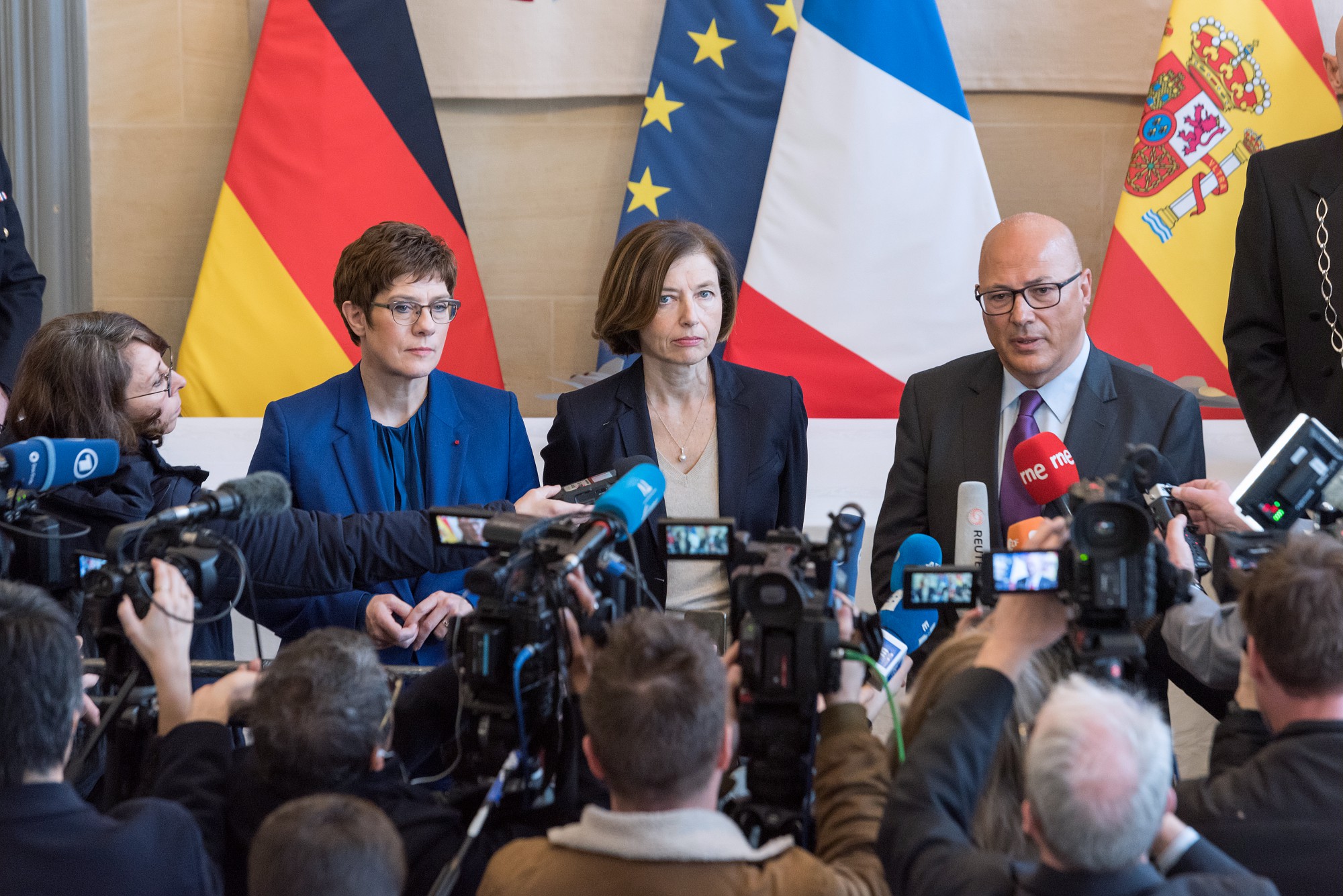
However, Goretti also made the case for Italy serving as “a bridge” between NATO and Western European nations that are increasingly looking toward options for collaboration on the continent, rather than necessarily under the Alliance’s auspices.
Goretti’s argument for the eventual fusion of Tempest and FCAS is explained by the fact both are still in their “conceptual phase,” with different countries still defining their requirements. With that in mind, Goretti considers the reverse of the Eurofighter program might be possible — back in the early 1980s, France split off from the United Kingdom, Italy, and Spain to build the rival Dassault Rafale instead.

Another European air chief, Lieutenant General Ingo Gerhartz of the German Luftwaffe, previously made efforts to bring the two rival programs together, by speaking with his Italian and British counterparts. “It can be that we go on different tracks,” Gerhartz told Defense News
earlier this year. “Hopefully we will merge eventually.”
Key industry figures involved with Tempest have been lukewarm on the idea of a merger with FCAS. At the same time, Dirk Hoke, the former CEO of Airbus Defence and Space, had previously argued that Europe “can’t afford two new systems.” Hoke’s statement may well be true, with genuine concerns persisting over whether European powers will actually be able to pay for two competing stealth jet programs.

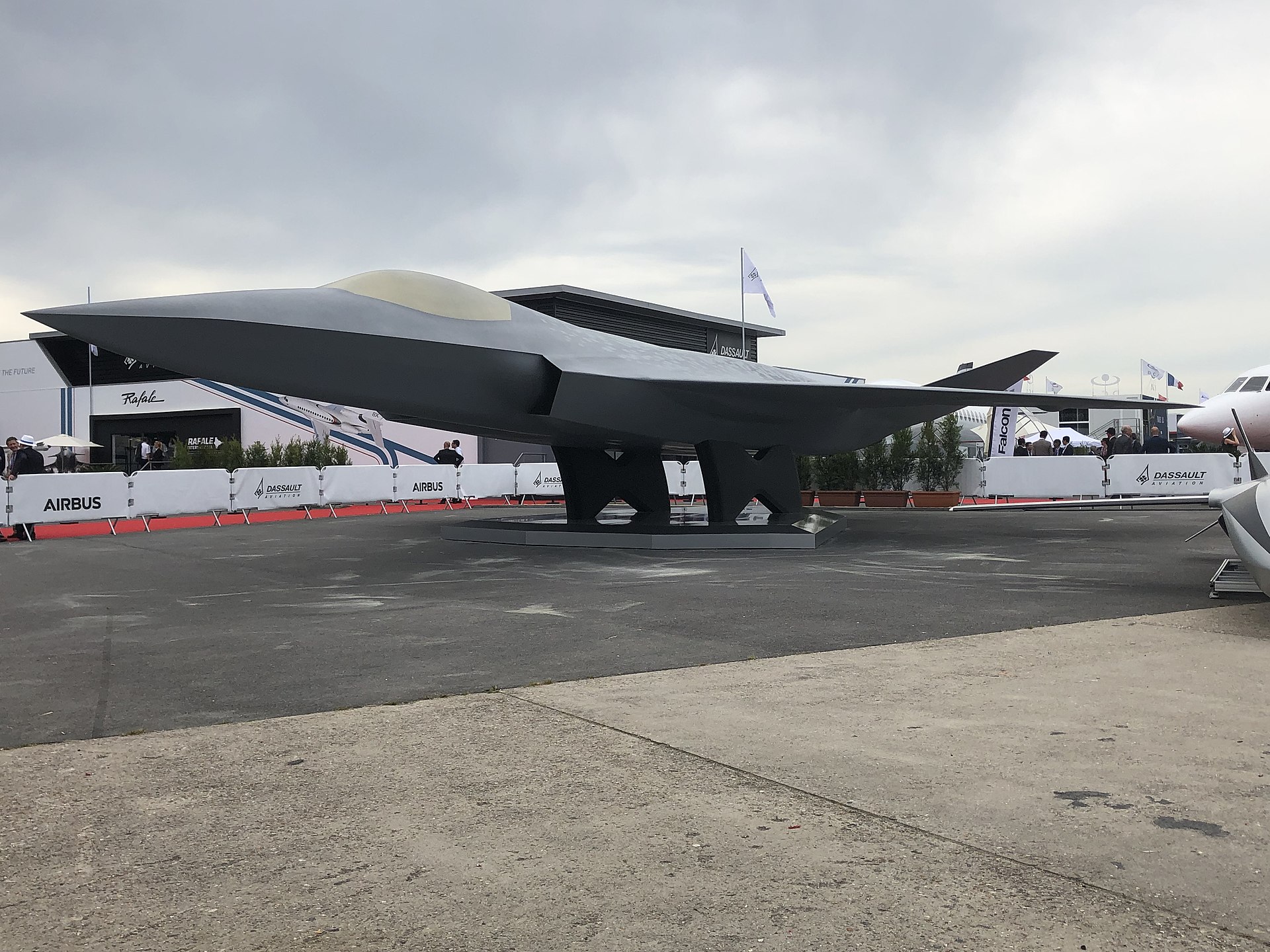
Furthermore, the availability of potential alternative manned fighters throws up more questions about the viability of either one of these European efforts. In advance of these sixth-generation efforts, many European powers have signed deals to buy F-35 in recent years, putting a strain on available budgets and putting at least some of them out of the market for Tempest or FCAS.
Within FCAS, the Spanish Ministry of Defense, meanwhile, was recently forced to backtrack on claims that it was not looking at a potential purchase of F-35 stealth jets from the United States, as it seeks to replace a portion of its EF-18 Hornet fleet and its carrier-based EAV-8B Harrier IIs. That denial seemed to be squarely aimed at placating France, as FCAS lead, while Madrid hedged its bets over future fighter equipment.
As for the United Kingdom, which aims to buy both Tempest and F-35, cost-saving measures are the order of the day, too, with a likely reduction in Lightning numbers as well as second thoughts about upgrading the same jets. These issues are indicative of the competing cost priorities in the combat air realm and are not limited to the British.
Although the competing future combat aircraft programs are indeed in the conceptual phase, certain key differences have already become clear. For example, France needs the NGF to be compatible with operations from aircraft carriers equipped with catapults, as well as the ability to conduct nuclear strike missions as part of its national deterrent.
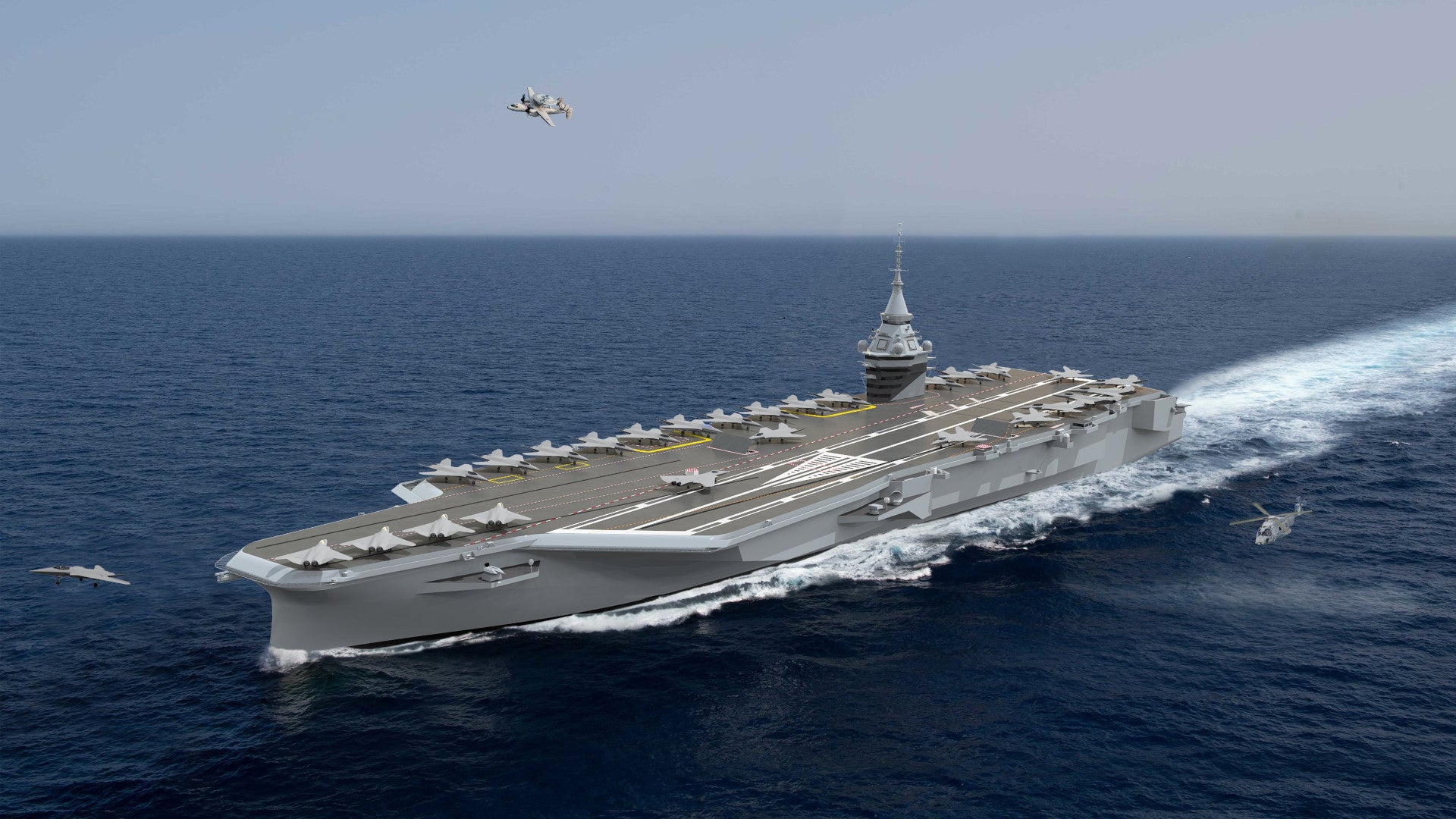
At the same time, the rift between London and its counterparts in continental Europe is still considerable, as a result of U.K. government’s decision to leave the European Union, better known as Brexit. Anglo-French relations are now even frostier thanks to the new AUKUS partnership, comprising Australia, the United Kingdom, and the United States. Australia’s controversial decision to scrap its plans to acquire French-designed submarines in favor of new nuclear-powered submarines was a direct result of this agreement.
With that in mind, while Goretti’s dream of a combined FCAS/Tempest program would likely offer better prospects of financial success all around, by pooling resources and reducing competition, as well as ensuring that Italy, in particular, doesn’t lose out on any economic benefits, the likelihood of it ever happening is tempered by the realpolitik of intra-European relations. As well as that, there’s the fact that, even at this early stage, FCAS and Tempest are already heading in different directions to meet diverging requirements. As such, Goretti’s dream could possibly remain just that.
Contact the author: thomas@thedrive.com
